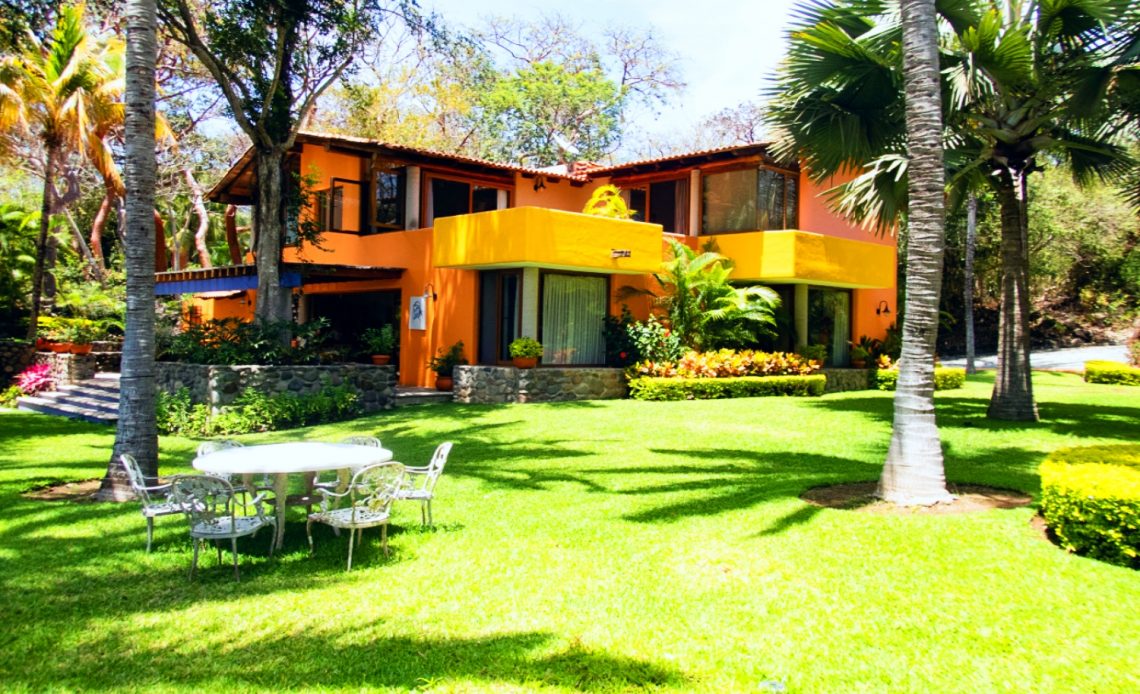

We’re here to help! Wild Yards is a completely free website that is 100% dedicated to helping you create a wildlife-friendly, sustainable yard. Read more
WildYards is reader-supported. When you buy a product through a link on our site, we may earn a comission. Every product is independently selected by our (obsessive) editors and our reviews are unbiased and objective. Read more about our mission or our privacy policy.
If you want to take your lawn to the next level and turn your turf into a lush, green carpet worthy of a country club fairway, then it’s time to kick your fertilizing routine up a notch. While 13-13-13 and 17-17-17 fertilizers may provide your lawn with all of the nutrients it needs to survive, you’ll need a professional-grade fertilizer to get your lawn to truly thrive. A good option for improving the quality of your grass is 30-0-10 fertilizer, but what is this type of fertilizer and when and how should it be used?
A 30-0-10 fertilizer provides your lawn with a high dose of nitrogen and a low dose of potassium. This enables your lawn to stay greener and grow thicker. Lawns fed with 30-0-10 fertilizer don’t require as much water and don’t grow as quickly as lawns fed with balanced fertilizers, meaning you won’t have to mow as often.
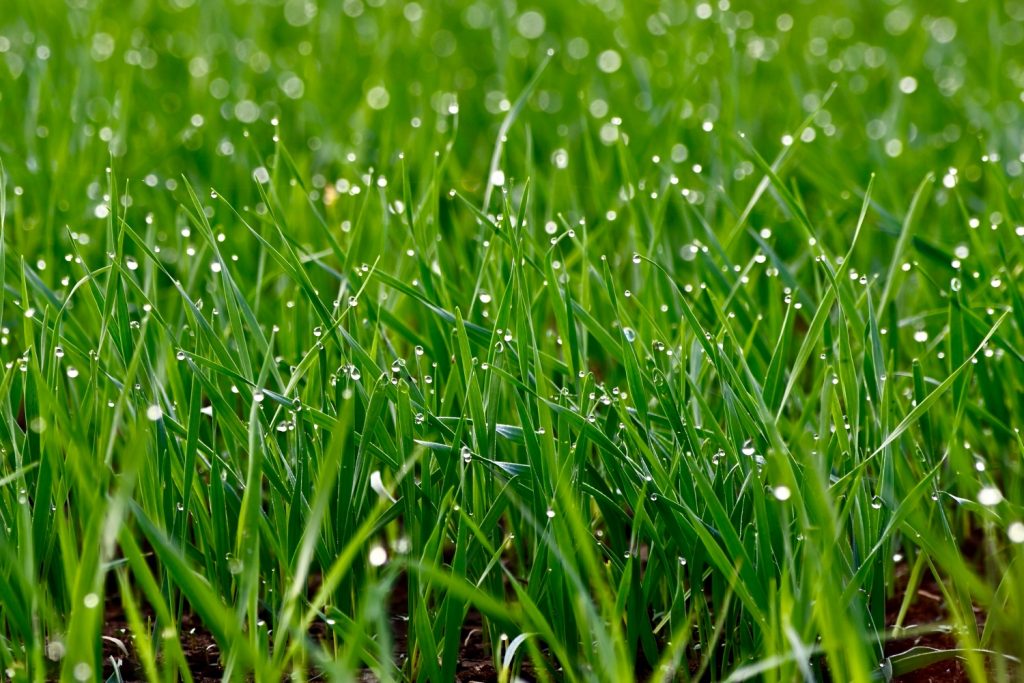
What do the numbers in 30-0-10 fertilizer stand for?
The numbers in commercial fertilizers represent the percentages of nitrogen, phosphorus, and potassium within the fertilizer. So a 30-0-10 fertilizer has 30% nitrogen, 0% phosphorus, and 10% potassium. While most N-P-K fertilizers contain some amount of all three of these nutrients, 30-0-10 only contains the two, making it more of an N-K fertilizer, with the P being a placeholder.
Each of these three nutrients plays a critical role in plant health, and each nutrient works to support plant growth in a different way.
- Nitrogen — This mineral plays an integral role in photosynthesis, a process that enables plants to turn sunlight, water, and carbon dioxide into sugars to be used for energy. Nitrogen supports healthy green foliage. Without it, plants develop yellow leaves. Lawns with low nitrogen levels look anemic and often struggle to fill in, displaying dry patchy spots here and there.
- Phosphorus — Present in nucleic acids, including deoxyribonucleic acid (DNA) and ribonucleic acid (RNA), phosphorus is essential for plants to continue growing. After all, if plants can’t produce DNA and RNA, they don’t have the genetic coding needed to create new cells. Plants with low phosphorus may spend prolonged periods in a juvenile state, failing to become established due to an inability to create a healthy root system.
- Potassium — Without potassium, plants lose their drought tolerance. This mineral allows plants to utilize the moisture in the soil, and it also prevents hydration loss by regulating the opening and closing of the stomata, located on the undersides of the plant’s leaves. Lawns with low potassium levels may wilt and die more quickly in between waterings compared to other lawns.
It’s worth noting that plants rely on a number of vitamins and minerals in the soil to grow well. But because commercial fertilizers contain varying amounts of the three most critical elements, they work to keep plants healthy, even in conditions that are less than ideal, otherwise.
How does 30-0-10 fertilizer work if it doesn’t contain any phosphorus?
Now that you know how each of these three nutrients helps support healthy plants, let’s take another look at 30-0-10. The higher nitrogen content provides your lawn with more of the building blocks it needs to stay green. With plenty of nitrogen to play around with, your turf can finally fill in those annoying bare spots and develop the vibrant, vivid color you’ve always dreamed of. The extra nitrogen encourages grass to get bushy, rather than grow taller, so you won’t have to mow as often. Another major bonus!
You might think that the lack of phosphorus in this particular N-P-K fertilizer would work against you. After all, isn’t phosphorus necessary for plants to grow? As it happens, phosphorus plays a critical role in flowering and fruiting. So it’s actually much more essential to flowering and fruiting plants than it is for those that only produce foliage, like grass. Besides, most soils already have enough phosphorus in them to keep grass happy. So just because 30-0-10 doesn’t contain any phosphorus, that doesn’t mean it doesn’t work well.
Finally, 30-0-10 fertilizer’s low potassium content will raise soil levels of this mineral just enough to make your lawn more drought-hardy. If you live in an especially arid climate or if your growing zone regularly sees dry spells in the summer, this extra potassium is crucial to allowing your grass to make the most of the moisture it gets.
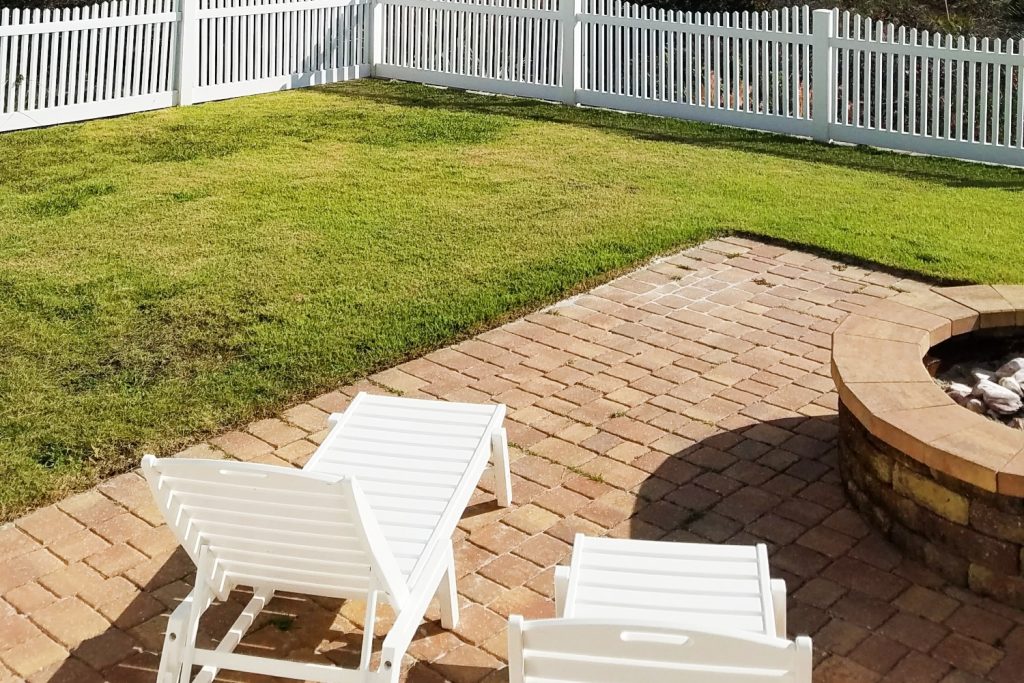
How can you tell if your lawn needs a 30-0-10 fertilizer?
The best way to determine which type of N-P-K fertilizer your lawn needs is to test the soil. Use an at-home N-P-K soil test kit to see where your soil stands. Most lawns have a ratio of 3:1:3 or 5:1:2, but these are just averages. It’s impossible to tell what your soil’s N-P-K levels are without a test.
There are many different opinions as to what the ideal N-P-K ratio is for lawn soil. It was once thought that 5-1-2 was ideal for keeping a lawn healthy, but researchers discovered that this ratio was too low in phosphorus and potassium to keep grass looking green in the long run. It’s now believed that a ratio of 8-2-5, 12-10-8, or 16-4-8 is better.
If you’ve tested your soil and you’re still having trouble deciding on a fertilizer, inspect the grass itself. Does it have a yellow cast to it? Does it show thin, patchy growth with more dead thatch than living foliage? Does it wilt and require more watering than your neighbor’s lawn just to stay green? If you answered yes to these questions, then there’s a good chance your lawn would benefit from a 30-0-10 fertilizer.
When should you apply 30-0-10 fertilizer to your lawn?
As a rule of thumb, it’s best to fertilize your lawn in spring or whenever you decide to reseed it. Some fertilizers, like 3-3-3, may need to be reapplied every 6 to 10 weeks, depending on the soil’s levels of these minerals. Usually, nitrogen-rich fertilizers like 30-0-10 only need to be applied once at the start of the season. But in particularly poor soils, 30-0-10 fertilizer can be applied as often as every 2 weeks to keep the grass in good shape.
Fertilizing your lawn in spring has the benefit of giving the tender new grass an extra burst of nitrogen. Because this mineral plays such a critical role in photosynthesis, it enables young grass to grow quickly, allowing it to cover every square inch of your lawn. Not only does this produce lush, thick turf, but it also helps snuff out weeds so you don’t have to spend so much time on your hands and knees or spot-treating those pesky plants with herbicides.
It’s important to test your soil before applying fertilizer. This can’t be stressed enough. If your lawn already has adequate levels of nitrogen, adding more can burn the tops and kill the roots. Your lawn’s needs change from season to season. Just because your lawn needed a certain fertilizer once doesn’t mean it will need only that specific fertilizer until the end of time.
If you’ve established that your lawn needs a 30-0-10 fertilizer in spring, be sure to test the soil again in late summer to determine whether or not it will need another application in the fall. You should also avoid fertilizing your lawn over the winter months, as plants are unable to utilize the nutrients during their dormancy. Because the nutrients stay in the soil unused, they may actually burn the roots and kill the plants before spring.
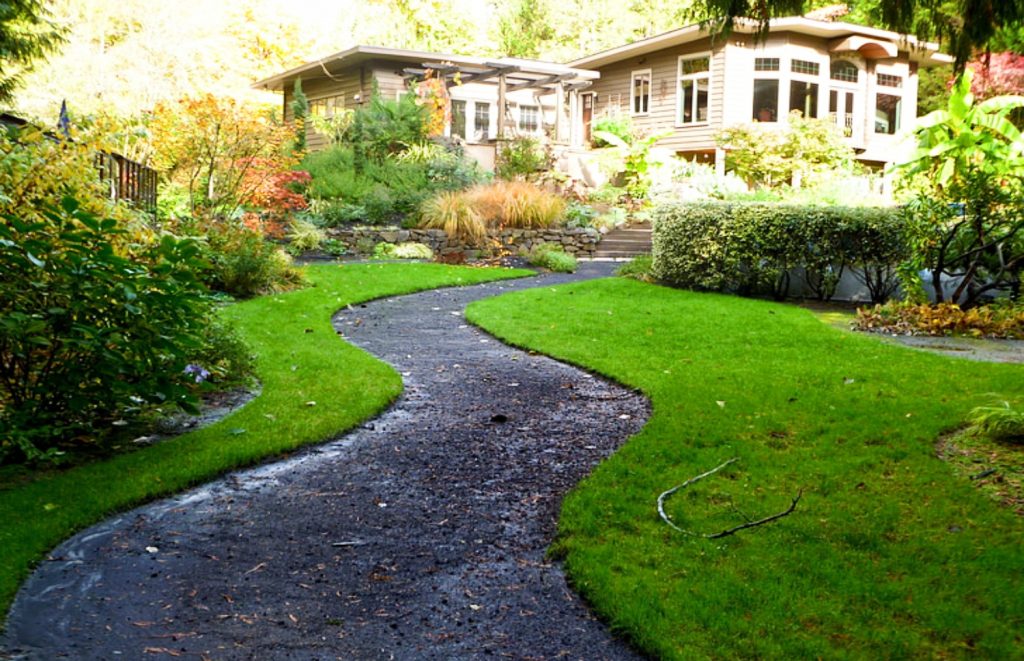
Can you use 30-0-10 fertilizer to feed the plants in your garden and landscaping?
While 30-0-10 fertilizer is predominantly used to turn patchy, unhealthy lawns into professional golf course-level turf, it can also be used to feed ornamental plants, as well as garden plants. Its high nitrogen levels, coupled with its low potassium content, make 30-0-10 fertilizer well-suited to feeding greenery. This includes privacy trees, evergreen shrubs, leafy green vegetables, heavy feeders like broccoli, and other non-flowering plants.
Remember, phosphorus plays an important role in flowering and fruiting. Because 30-0-10 doesn’t contain any phosphorus, it can actually hinder flowering and fruiting plants, encouraging them to produce more foliage than flowers and fruits. Only use 30-0-10 fertilizer to feed flowering and/or fruiting plants if you know they’re low on nitrogen, and consider diluting the fertilizer to a quarter of its power before applying it.
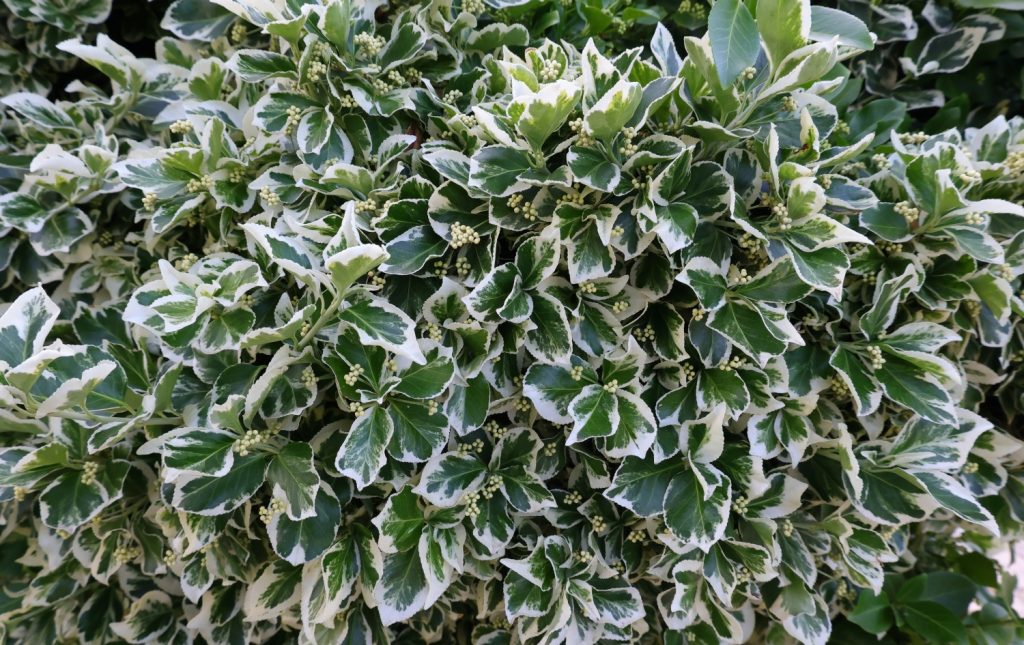
Which type of 30-0-10 fertilizer should you use?
There are several types of 30-0-10 fertilizers for you to choose from, and some options work better for certain applications than others. Here’s how each type of 30-0-10 fertilizer works.
Powder fertilizer
Inexpensive and easy to find, simply apply powder fertilizer to dry grass using a walk-behind broadcast spreader, and water it well afterward. Powder fertilizers are fast-acting, the perfect choice for lawns that are showing signs of nutritional deficiencies and need a quick boost. Just be sure to apply powder 30-0-10 fertilizer on a still day with no wind. You don’t want a strong gust to pass through and take hundreds of dollars of fertilizer with it. It’s also a good idea to wear long sleeves, a mask, and goggles when applying powder fertilizers to avoid getting it on your skin and in your sinuses.
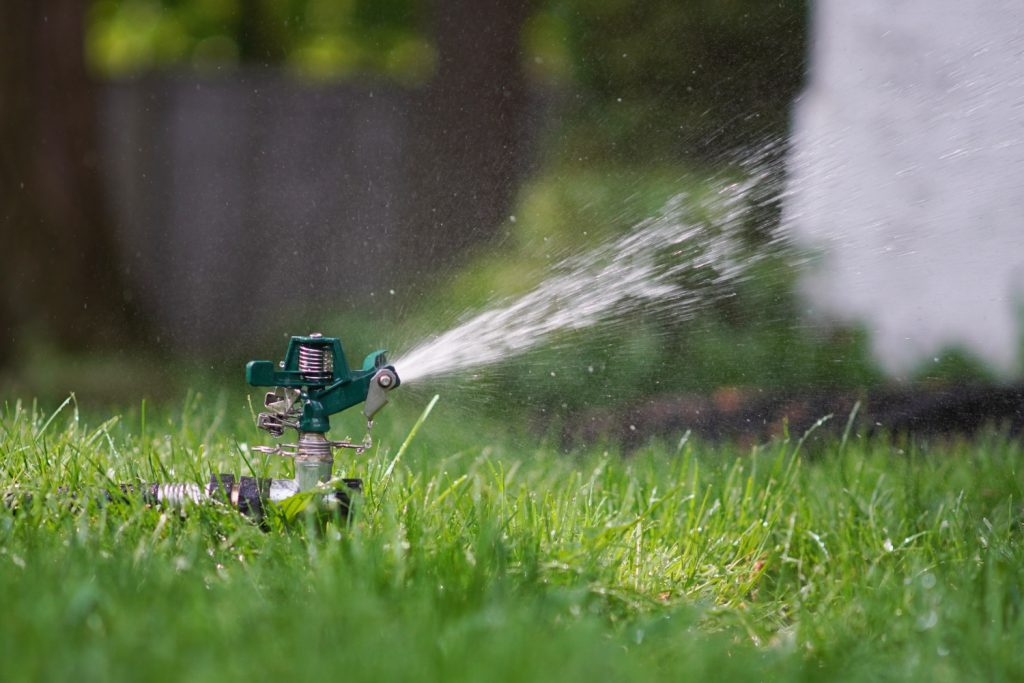
Slow-release granules
Slow-release granules are a great middle-of-the-road option. They’re a bit more expensive than powder fertilizers. However, they’re easier to spread because they have more weight to them than the powder. Plus, their slow-release nature means the nutrients stay in the soil longer, so you don’t have to fertilize as often.
This type of fertilizer should be applied to dry grass, and it should be allowed to sit for a 48-hour period before watering. This helps activate the nutrients. A slow-release fertilizer may not be the best choice for a lawn that needs nutrients ASAP, but it works well for lawns that already seem healthy.

Fertilizer spikes
If you have a small lawn or maybe a few shrubs in your landscaping that would appreciate some added nitrogen and potassium, then fertilizer spikes are the way to go. Although these fertilizers are somewhat pricey, making them a costly option for large landscapes, they’re very easy to use. Simply use a hammer to tap the spikes into the ground, water them well, and let the microbes in the soil do the work for you. Fertilizer spikes provide plants with a steady supply of nitrogen, rather than a quick burst, keeping them healthy and happy for weeks at a time.
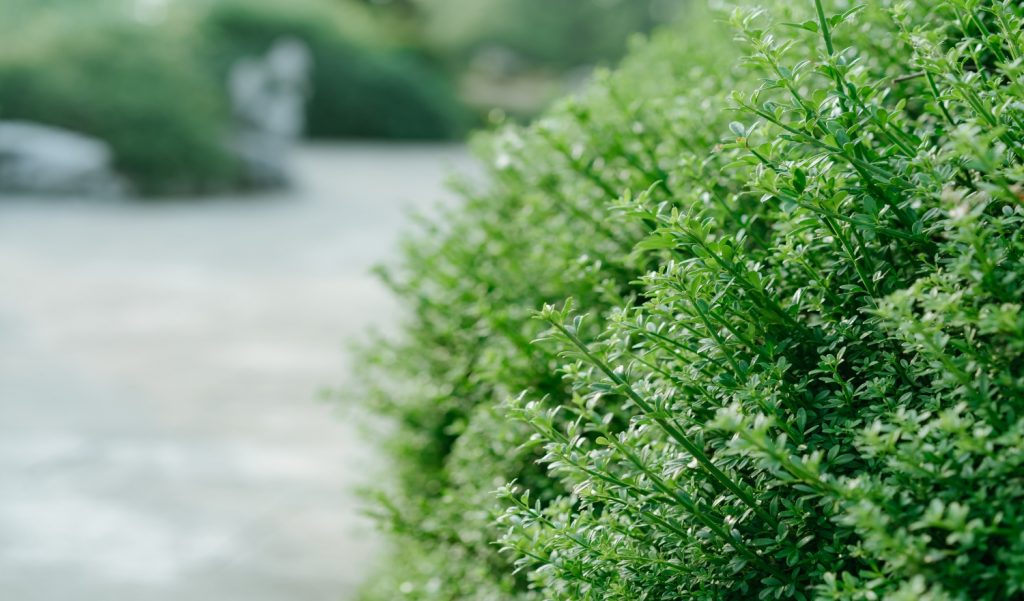
Liquid concentrates
A liquid concentrate fertilizer goes to work the second you apply it to your lawn. The moisture seeps directly into the soil where it quickly provides your grass with the nutrients it needs to thrive. Though liquid fertilizers require more frequent applications than slow-release granules and fertilizer spikes, like powder fertilizers, they’re a great option for lawns that need immediate attention.
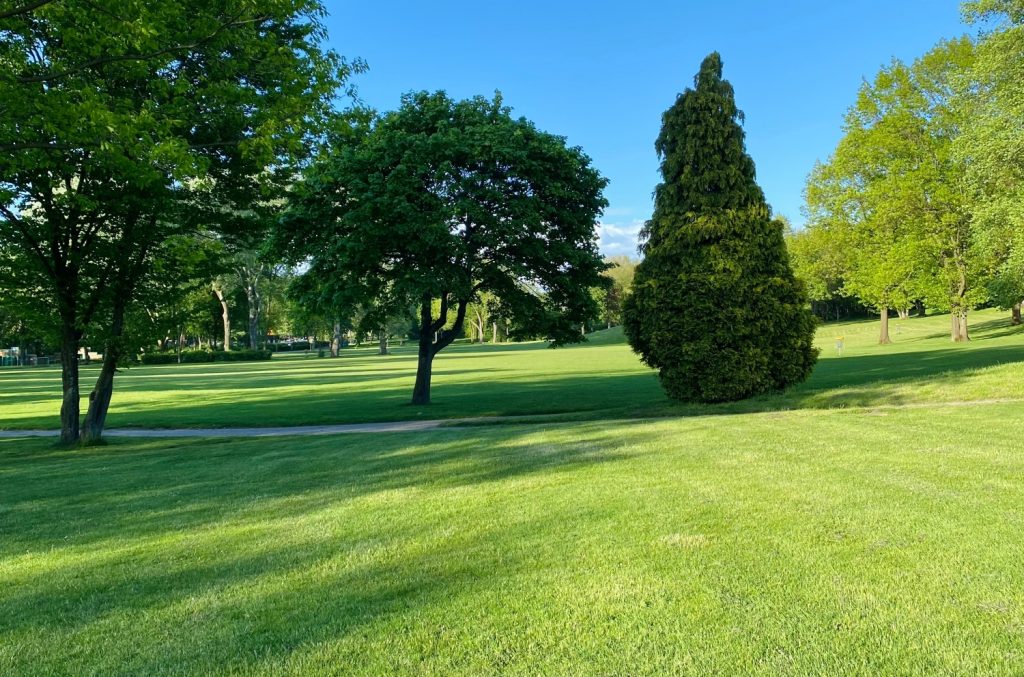
How much 30-0-10 fertilizer should you use to feed your lawn?
Fertilizer application is based on how much nitrogen should be spread per square foot. A 30-0-10 fertilizer should be applied at a rate of 3.33 pounds per 1,000 square feet. Remember that different fertilizers work differently. Powder and granular fertilizers can be broadcast evenly, whereas fertilizer spikes tend to slightly concentrate levels of nitrogen, phosphorus, and potassium in a limited area. Keep these things in mind when choosing a 30-0-10 fertilizer, and always read the instructions on the package before applying.
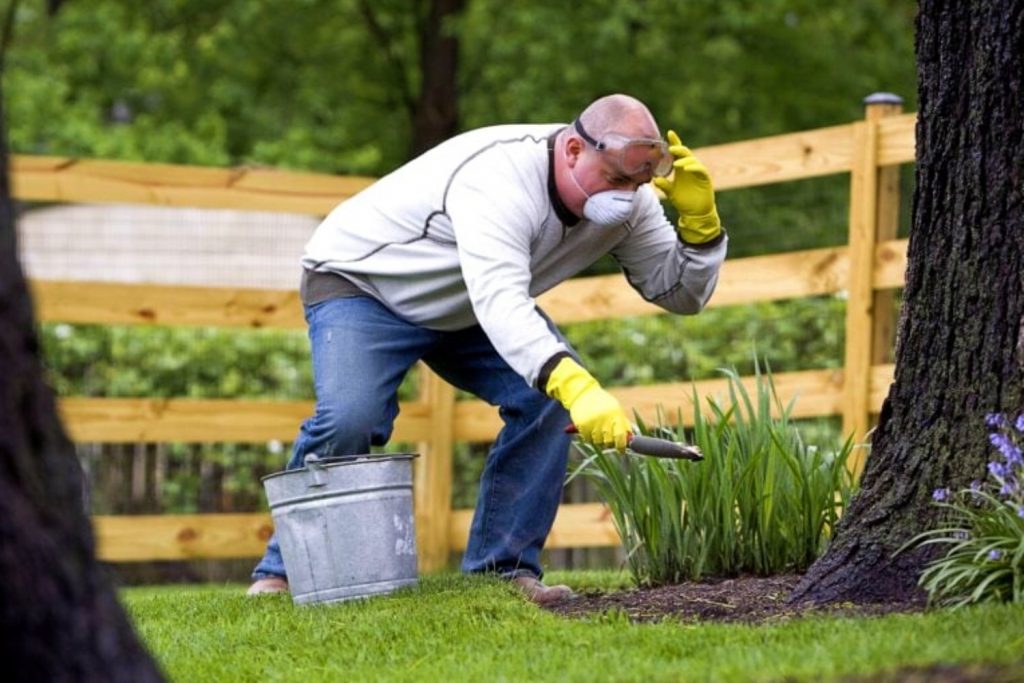
Is it possible to apply too much 30-0-10 fertilizer?
Yes, it is. And doing so can have devastating consequences for your lawn. Overapplying nitrogen-rich fertilizers can burn off the foliage, and damage the roots. If you really go overboard with the fertilizer, you can wind up killing your turf altogether. So before you apply 30-0-10, or any other fertilizer, for that matter, be sure to test your soil so you know where your N-P-K levels stand.
To a sickly lawn, regular applications of 30-0-10 fertilizer can make a huge difference. By testing your soil and using this fertilizer as often as necessary, you can turn your disappointing grass into a lawn worth being proud of.
